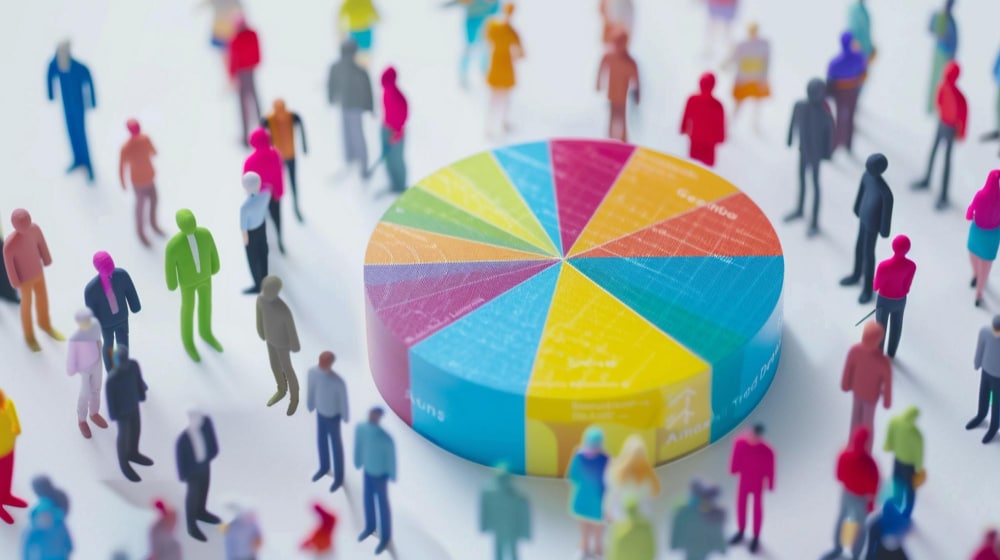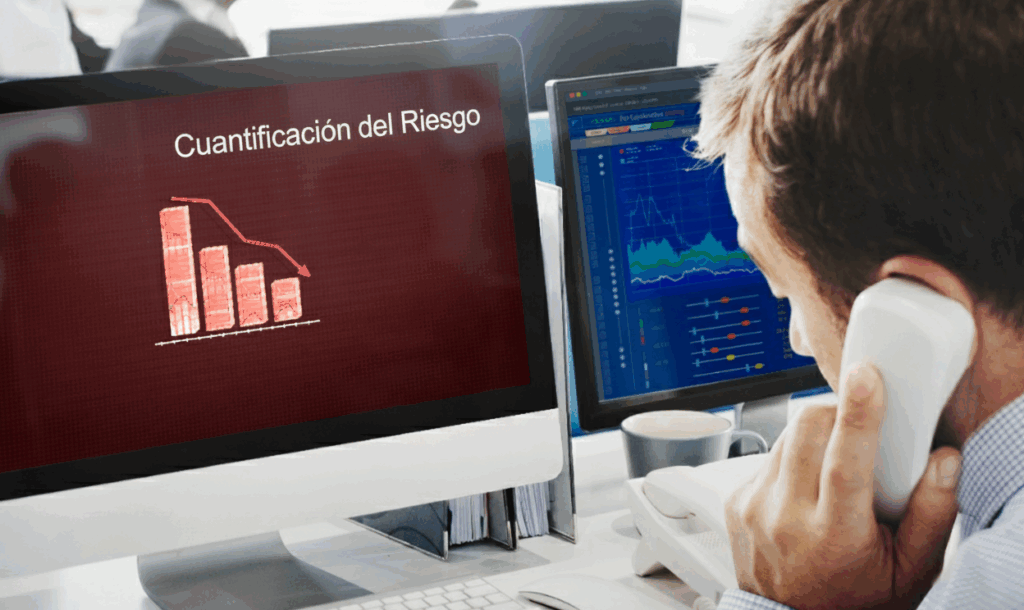The best research tools for election campaigns
Today's election campaigns depend on extensive research and the ability to analyze large amounts of data. From voter behavior analysis to personalized communication strategy, having the best tools is critical to ensure the success of a candidacy. Throughout this article, we will explore the best research tools that enhance the effectiveness of modern election campaigns. In addition, we will avoid approaches repeated in previous articles to provide you with fresh and updated content.
Why are research tools crucial in electoral campaigns?
The electoral environment is highly competitive and volatile. Research tools allow:
- Obtain accurate information about the electorateThey help to understand voters' needs, preferences and concerns.
- Optimize resourcesThey facilitate strategic planning, ensuring that campaign efforts are targeted to the right audiences.
- Monitor the competitionThey allow a detailed analysis of the actions and strategies of the rival candidates.
- Making data-driven decisionsDecision-making is no longer just intuitive or subjective, but is based on objective and measurable data.
- Customize messages: To know in depth the segments of the electorate in order to adjust communication and obtain greater impact.
Below, we explore some of the best tools that can transform research into an election campaign.
Demographic analysis and voter segmentation tools

Accurate segmentation of the electorate is essential to maximize the reach and effectiveness of electoral campaigns. Demographic analysis tools allow the identification of different groups of voters according to factors such as age, gender, geographic location, educational level, etc. Some of the best tools in this area are:
1. Enigmia: Platform for advanced electoral analysis
ENIGMIA is a platform that applies artificial intelligence (AI) and machine learning for to analyze electoral behavior in an exhaustive manner. This tool not only collects voter information, but also analyzes it to identify behavioral patterns and emerging trends. It provides a detailed analysis of demographic profiles, voter preferences and key issues for each election, allowing for accurate and personalized audience segmentation.
2. Census Bureau Data Tools
For campaigns in the United States, access to detailed census data is crucial. The U.S. Census Bureau provides interactive tools that allow campaign teams to access key demographic data. This helps candidates better understand different voter segments based on geographic location, income, education, among other factors, and tailor their messages and proposals effectively.
3. Nielsen MyBestSegments
This tool specializes in market segmentation and consumer behavior analysis. In the context of electoral campaigns, it can be used to deepen the sociodemographic and psychographic analysis of voters. It can be used to identify electoral groups and associate their behavior with certain attitudes or political interests.
▶ You may be interested in: Reputation of electoral candidates: analysis and strategies
Social media analysis and reputation monitoring tools

The analysis of social networks is crucial in an electoral campaign, as it allows understanding how the candidate is perceived in real time, monitoring the public conversation and evaluating the effectiveness of the communication strategy.
1. Hootsuite
One of the most popular platforms for social network management, Hootsuite not only allows you to schedule posts, but also provides detailed analytics on the performance of your posts. For election campaigns, Hootsuite allows you to monitor candidate mentions, voter interactions, and measure overall perception in real time, which is essential to adjust the strategy according to the results obtained.
2. Brandwatch
It is a social media monitoring and analysis tool that focuses on online reputation. In electoral campaigns, Brandwatch provides deep insight into the candidate's mentions and opponents, allowing to understand the general sentiment of the electorate around key issues. Brandwatch AI can identify shifts in public opinion and offer recommendations on how to adjust the candidate's discourse.
3. CrowdTangle
Developed by Meta, CrowdTangle is a platform that allows campaign teams to track how content is being shared on Facebook and Instagram. It also allows them to compare the performance of candidates' posts in relation to those of their competitors and other key players, such as media or political influencers.
Public opinion polling and analysis tools

Polls have been a fundamental tool in election campaigns for decades. However, with the advancement of technology, these tools have become more sophisticated, offering not only quick results, but also a deeper analysis of voter responses.
1. SurveyMonkey
SurveyMonkey is one of the most widely used polling platforms due to its ease of use and accessibility. In an election campaign, it can be key to conduct quick polls on the perception of candidates or measure the relevance of certain issues in the electorate. In addition, it offers a wide range of customization and data analysis options.
2. Qualtrics
It is an advanced tool that allows not only to conduct surveys, but also to analyze the voter's experience in depth. Qualtrics is ideal for campaigns seeking detailed insights into voters' emotions, motivations and concerns, which helps refine messages and proposals.
Data visualization tools

An election campaign generates a massive amount of data. The ability to visualize that data clearly and effectively is crucial for campaign teams to make informed decisions quickly.
1. Tableau
Tableau is one of the most powerful and popular data visualization tools on the market. It enables campaign teams to create interactive graphs, maps and charts that show real-time trends. By integrating data from multiple sources, from surveys to social media, Tableau provides a holistic view of key data.
2. Google Looker Studio
A more affordable option is Google Looker Studiowhich allows campaign teams to connect multiple Google data sources (Google Analytics, Google Ads, etc.) to create dynamic visual reports. This tool is ideal for campaigns looking for a simple yet effective way to visualize their performance and the impact of their actions.
Benefits of the use of artificial intelligence in electoral research

The impact of artificial intelligence (AI) in electoral campaigns is becoming increasingly evident, as this technology allows for improved accuracy in audience segmentation, predicting voter behaviors and optimizing decision making. Some of the key advantages of incorporating AI in electoral research include:
- Process automationAI makes it possible to automate tasks such as audience segmentation, social media analysis and message personalization, significantly reducing the time and resources required.
- Predictive analyticsBy employing advanced algorithms, AI can predict electoral trends and voter behavior, giving campaign teams the ability to adjust their strategy in advance.
- Real-time optimizationAI's ability to process large volumes of data in real time allows campaign teams to respond quickly to changes in public opinion or voter behavior.
The tool for ENIGMIA provides a unique capability for electoral campaign research by combining Artificial Intelligence and large volumes of data. Its platform allows monitoring and analyzing in real time the perception of candidates, measuring the impact of each message and strategy in more than one million daily media. In addition, it offers predictions on electoral behavior, including voter mobility and postal voting, providing the possibility of adjusting campaigns in real time. This solution allows demobilizing adverse voters, activating supporters at key moments and optimizing messages and advertising, all based on accurate and granular data.
▶ You may be interested in: Election planning with AI: a complete guide
Some of the indicators of the ENIGMIA for the management of electoral campaigns:
- Real-time monitoringReputation monitoring of the candidate's reputation in more than 1 million media (TV, radio, press, newsletters, call centers) on a daily basis and in several languages.
- Media impactDetailed measurement of the impact of each message or campaign action on public perception.
- Prediction of electoral behaviorPredictive analytics on voting, including voter mobility and absentee voting.
- Audience segmentationGranular voter profiling based on socio-demographic data, geolocation and network behavior.
- Message optimizationEvaluation of the effectiveness of advertising messages and strategies in real time.
- Demobilization and voter activationIdentification and mobilization of like-minded voters and deactivation of adverse voters.
- Voting penetration and fixationAnalysis of zip codes with the highest concentration of votes among competing parties.
- Media and channel evaluationMeasurement of message penetration by age, location and media channels most read by each profile.

Power your electoral strategy with ENIGMIA!
Optimize your electoral campaigns with the artificial intelligence of ENIGMIA! Our research tool allows you to monitor candidates' reputations in real time, predict voter behavior and adjust your strategies precisely. Find out how we can help you gain an advantage in every election.
The success in an election campaign depends to a large extent on the ability to research, analyze and adapt to voter dynamics. Having the right tools not only improves strategic decision making, but also increases campaign effectiveness by allowing audience segmentation, message adjustment and resource optimization. From artificial intelligence to polling platforms and social media analysis, research tools are indispensable to meet the challenges of modern elections.




